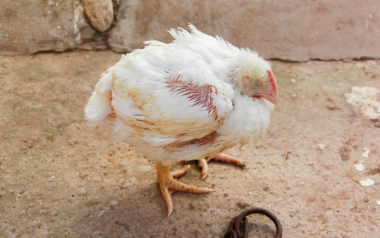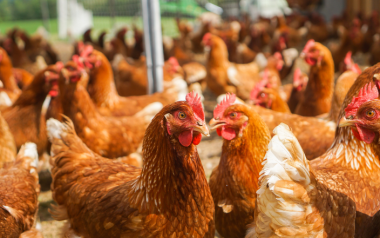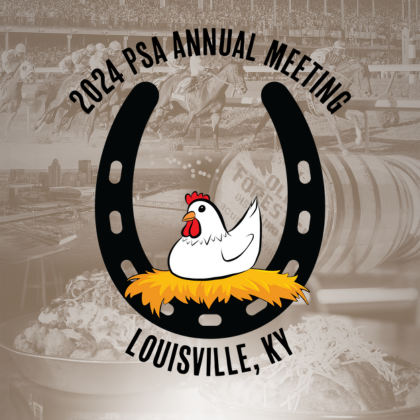Sources: Available upon request.
Good Practices for Rodent Control in Poultry Farms
In order to make a good control of rodent populations in poultry farms, baits must be constantly monitored and the facilities must be kept in good condition.
Rodent control on poultry farms is very important because they are vectors of many diseases, but it is a challenge in this industry, as it provides abundant food and nesting sites for this pest.
Some good control practices are:
- Design the houses and farm to be rodent proof.
- Eliminate nesting sites and food sources.
- Eradicate existing populations.
- Prevent new infestations.
- These strategies should be applied on an ongoing basis.
Rodents are transmitters of diseases, as they act as vectors of etiologic agents by carrying them on their legs and body and are the main carriers of bacteria such as E. Coli and Salmonella, viruses, intestinal worms, mycoplasmas, and mites.
These animals eat and contaminate poultry feed. A colony of 100 rodents can consume approximately one ton of feed per year and contaminate 10 times the amount of feed consumed through their feces, urine, and hair. In addition, they destroy farm structures by burrowing through insulating material, and gnawing through wood and electrical wiring, with the danger of causing a fire. This is why proper farm construction and maintenance of the buildings help prevent rodents from entering the house.
To prevent rodents from entering the farm, entrances to the shed should not be directly on the ground, and all doors should be properly fitted so that no holes are left when they are closed. It is important to remove vegetation from within 50 feet around the perimeter of the farm and not to leave equipment, bedding or building materials out of place. Feed should always be kept in metal hoppers or covered bins and all feed spills should be removed as soon as they occur.
For good rodent control on poultry farms, it is very important to prepare an effective baiting plan that includes proper bait station evaluations and records of rodent activity observations. Based on the approximate size of the rodent population, a determination is made as to which control method is most effective. Traps should be placed close to walls, behind objects, in dark corners or where feces or gnaw marks are found, outside and inside the building and these traps should be checked daily for rodents. The distance between bait stations should be 15-23 meters, and a maximum of 30 meters.
When preparing bait, gloves should be worn for safety and to prevent stations from being contaminated with human scent, all bait stations should be checked and replenished with new bait of an alternate active ingredient and attractant at least every four months.
In summary, it is key to implement an effective control program to reduce and eliminate existing rodent populations on the farm. Routine monitoring and attention to bait stations and the environment for the presence of new rodents should be done daily. Finally, if rodent populations are not reduced as expected, the advice of a professional pest control organization should be considered.

















